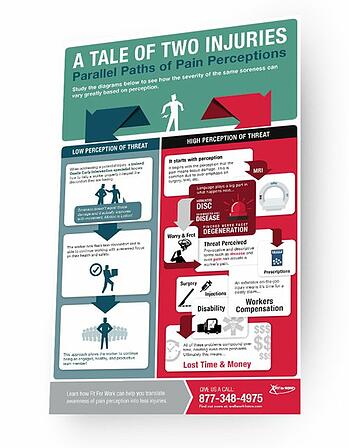One of the frequently asked questions received involves the relationship between the Physical Demands Analysis (PDA) and ergonomics. Some organizations believe that the PDAs will benefit their organization, while others believe an ergonomics program will provide the better benefit. The complete answer is that the organization will benefit from an ergonomics program that utilizes the PDA as the foundation upon which other aspects of the program are built. The Physical Demands Analysis is a process that objectively quantifies the essential functions of the job. This helps the organization to know what the employee is exposed to, which then allows a better, safer, and more productive work environment for the worker. The PDA helps the organization to truly know the job. When performed correctly, accurately, and objectively, the Physical Demands Analysis quantifies the manual material handling duties and positional tolerances the worker is or will be exposed to, as well as identifies ergonomic risk factors present currently or potentially in the future. Properly implemented ergonomics controls/abatements in the form of engineering, administrative, and behavioral/work practice will reduce the physical demands of the job, which reduces the overall worker fatigue. In conclusion, ergonomics and the Physical Demands Analysis go hand-in-hand and will benefit the employee and the employer. A work environment conducive to the health and well-being of the worker usually translates into a healthier and more productive worker.
The Relationship Between the Physical Demands Analysis and Ergonomics





